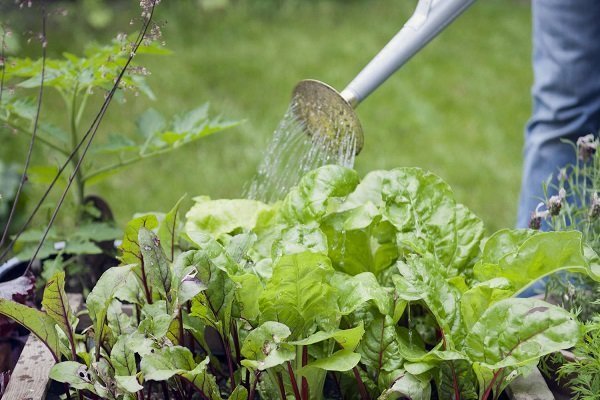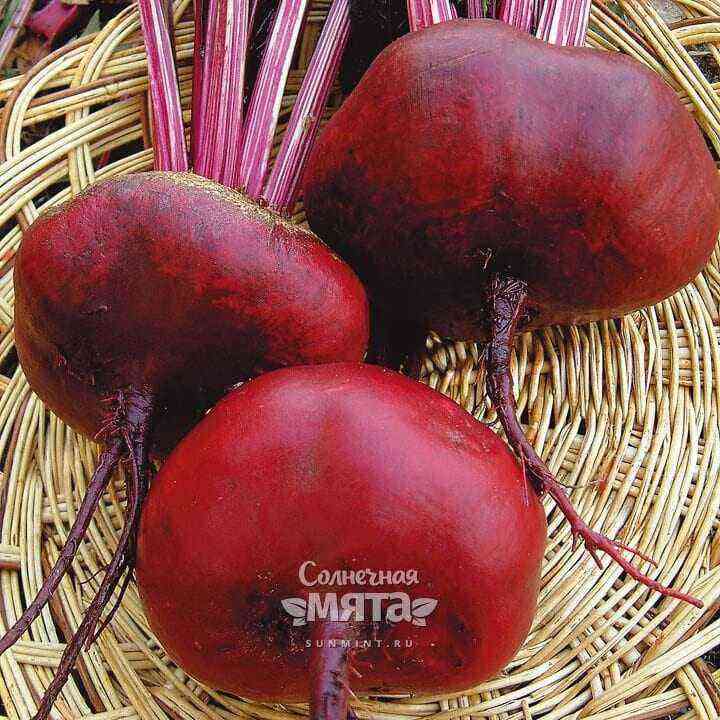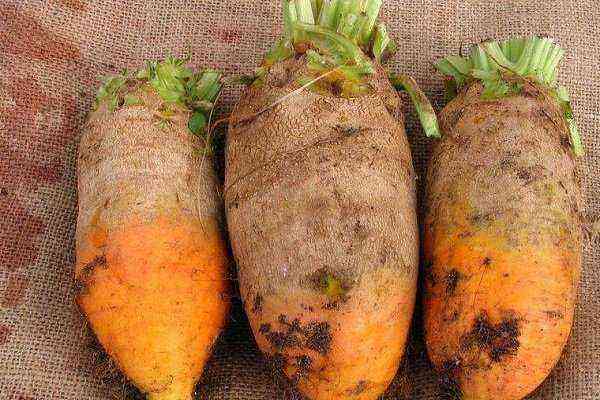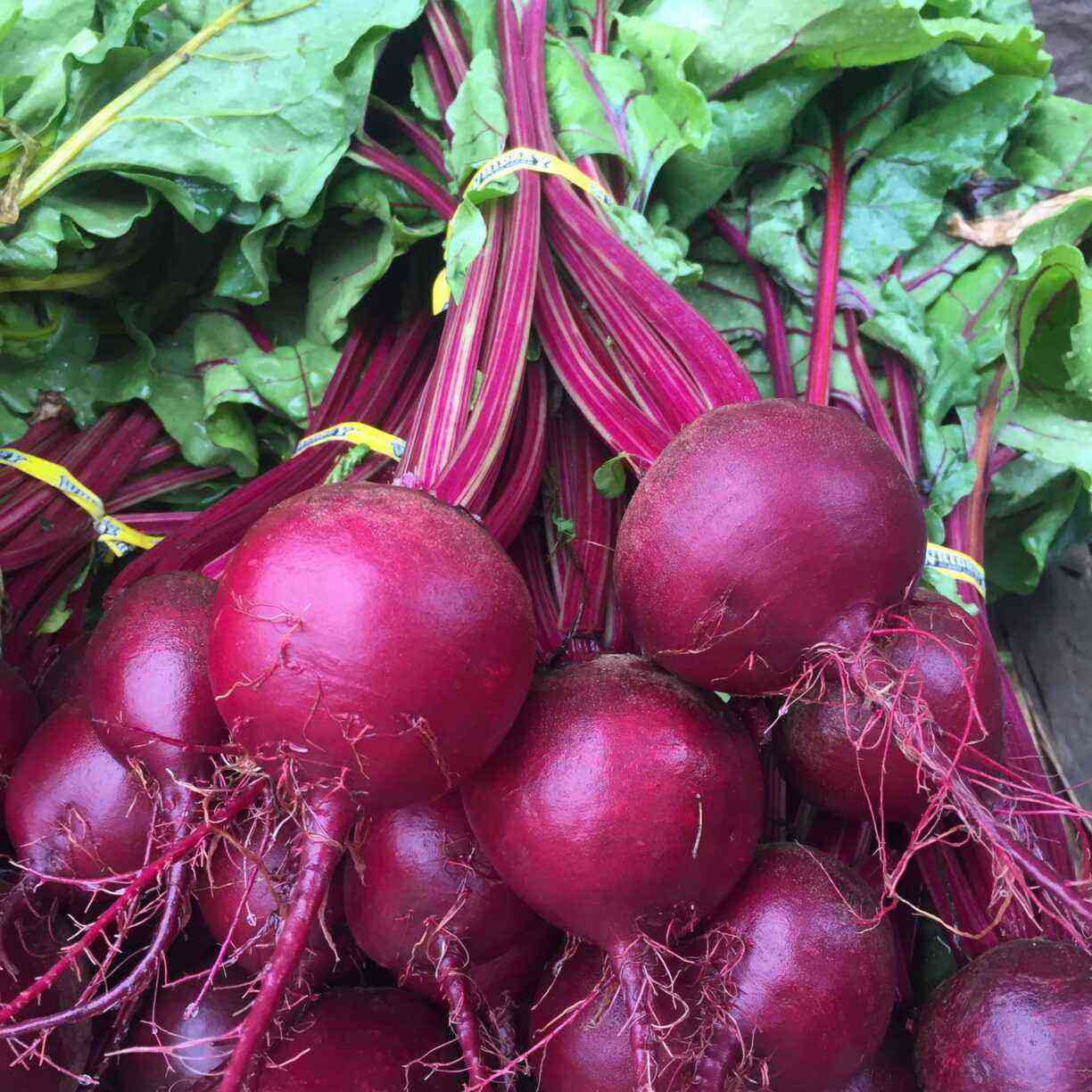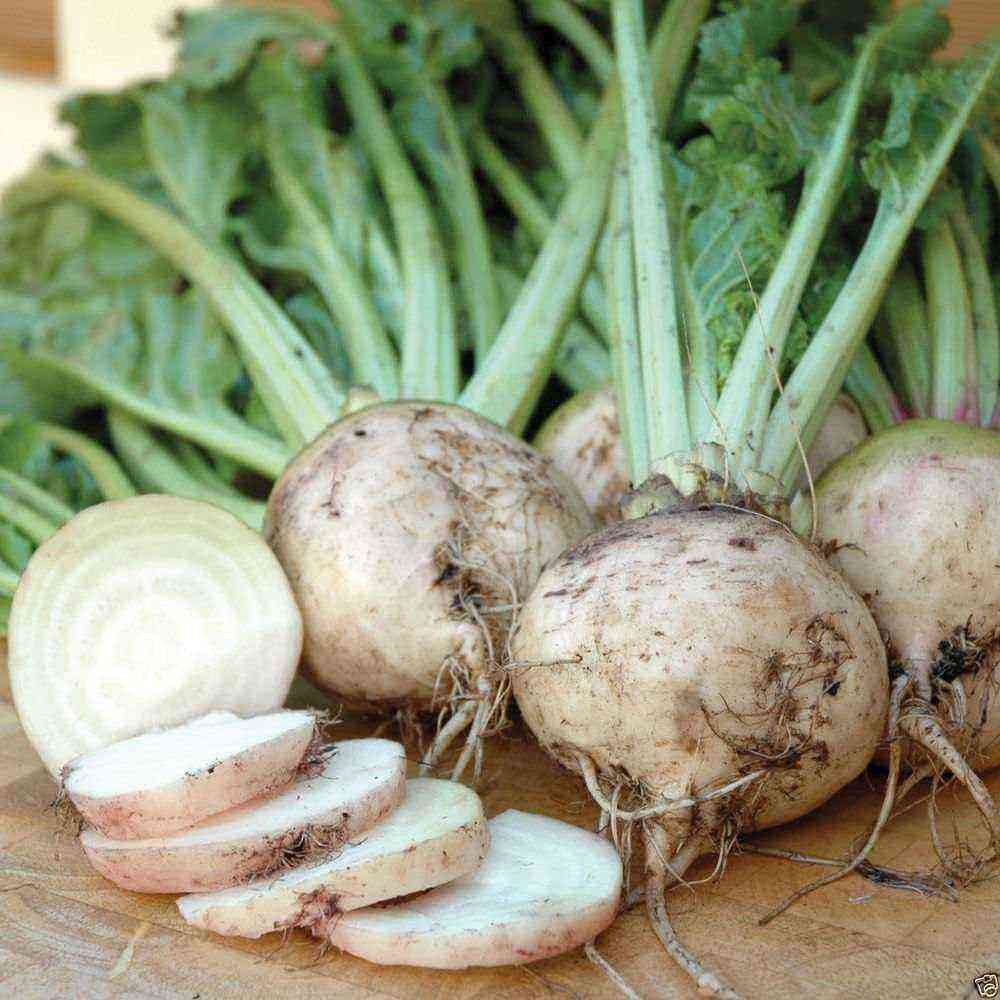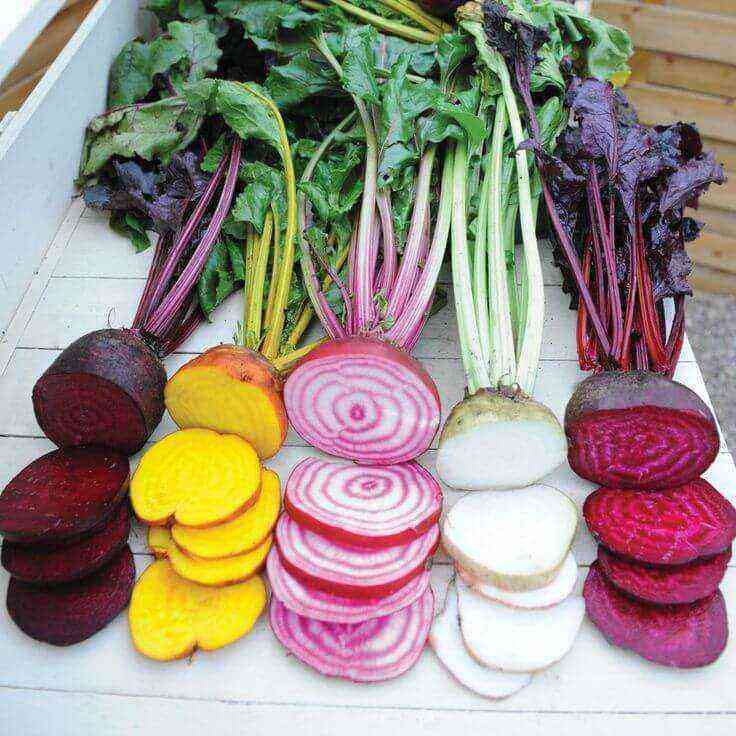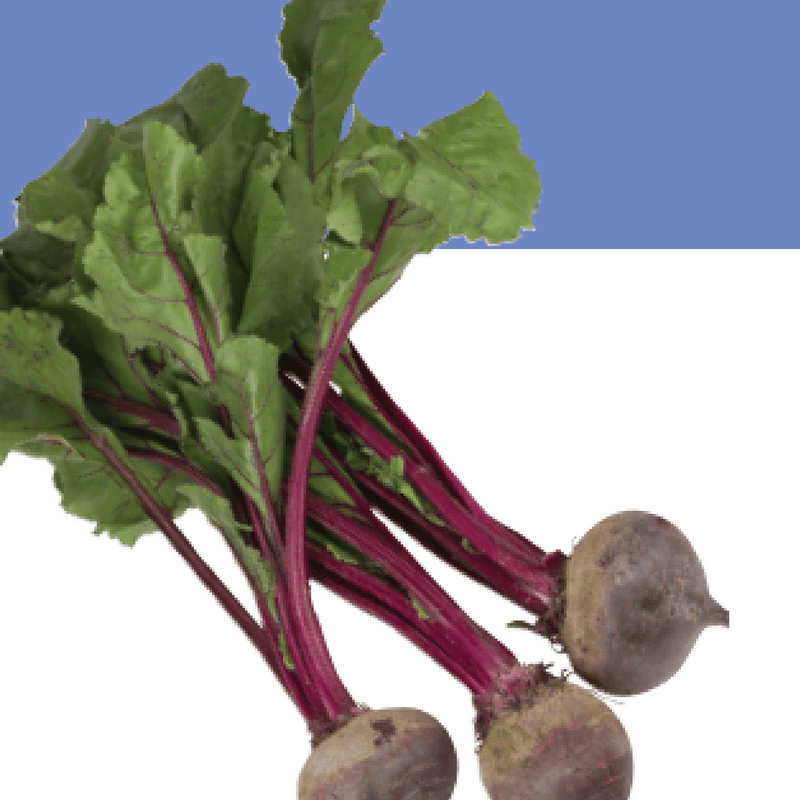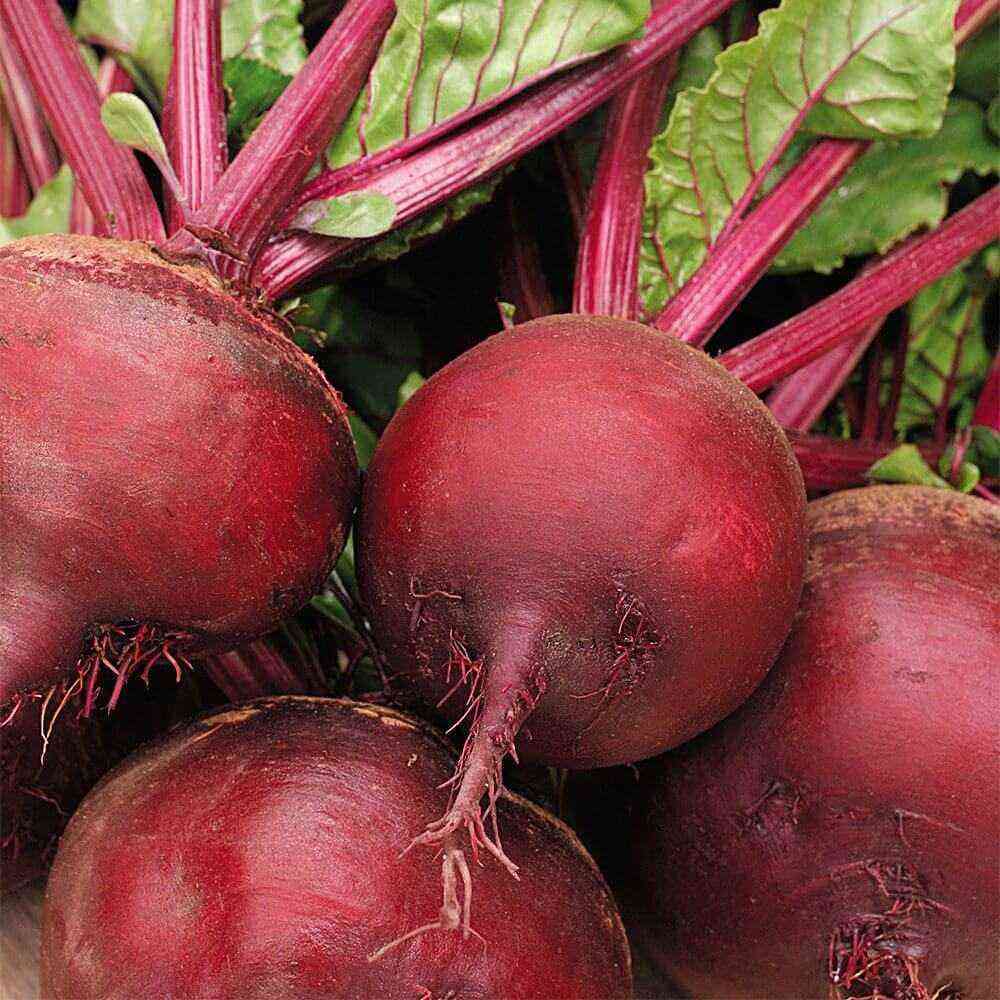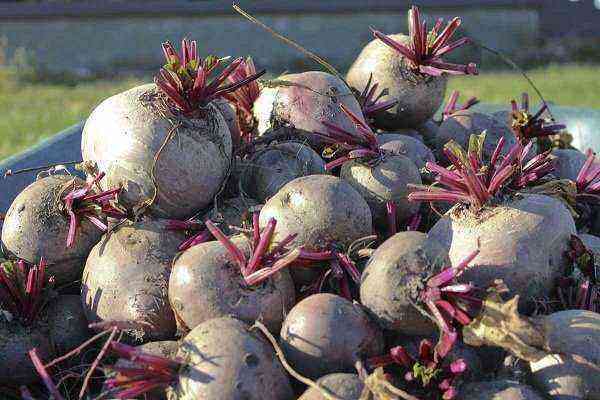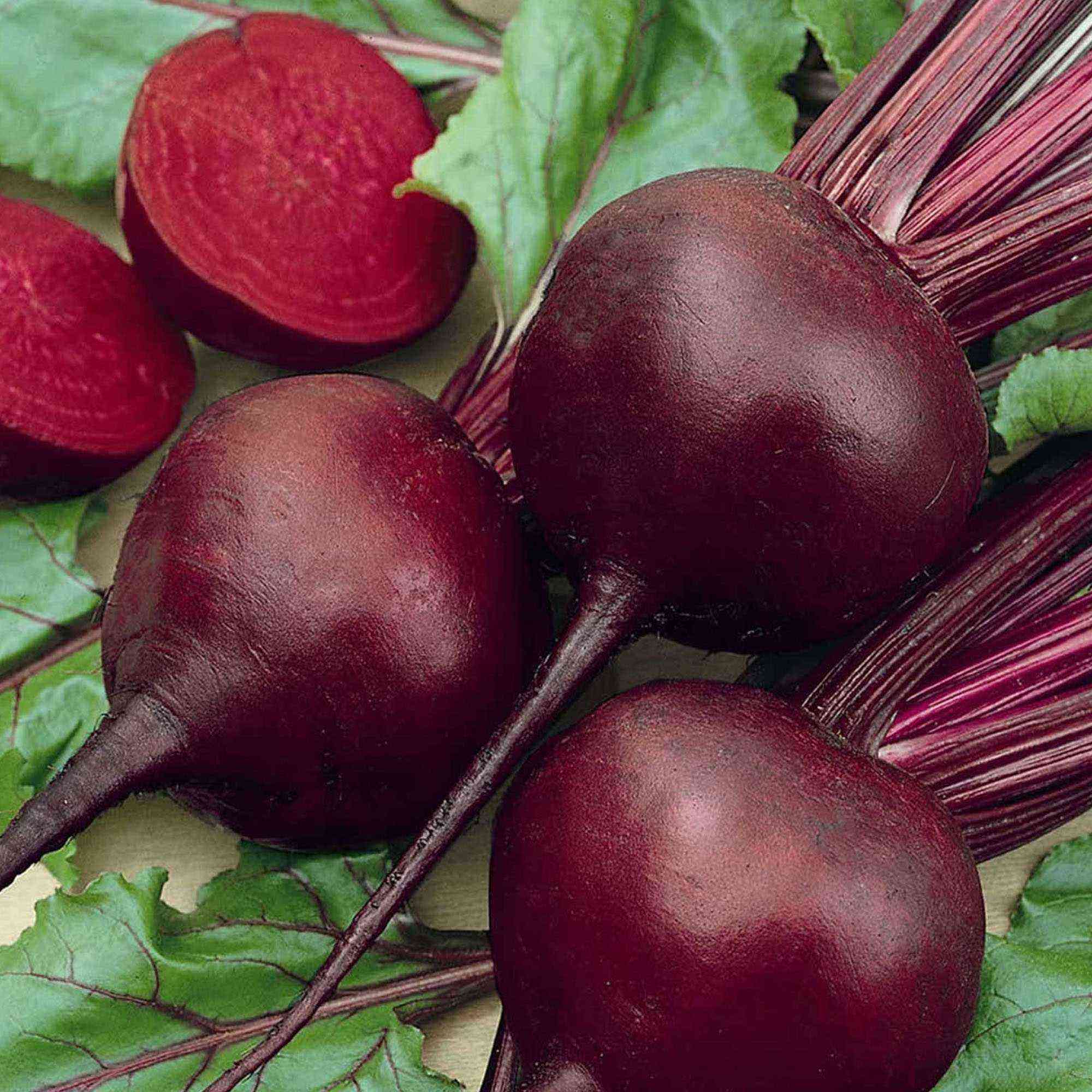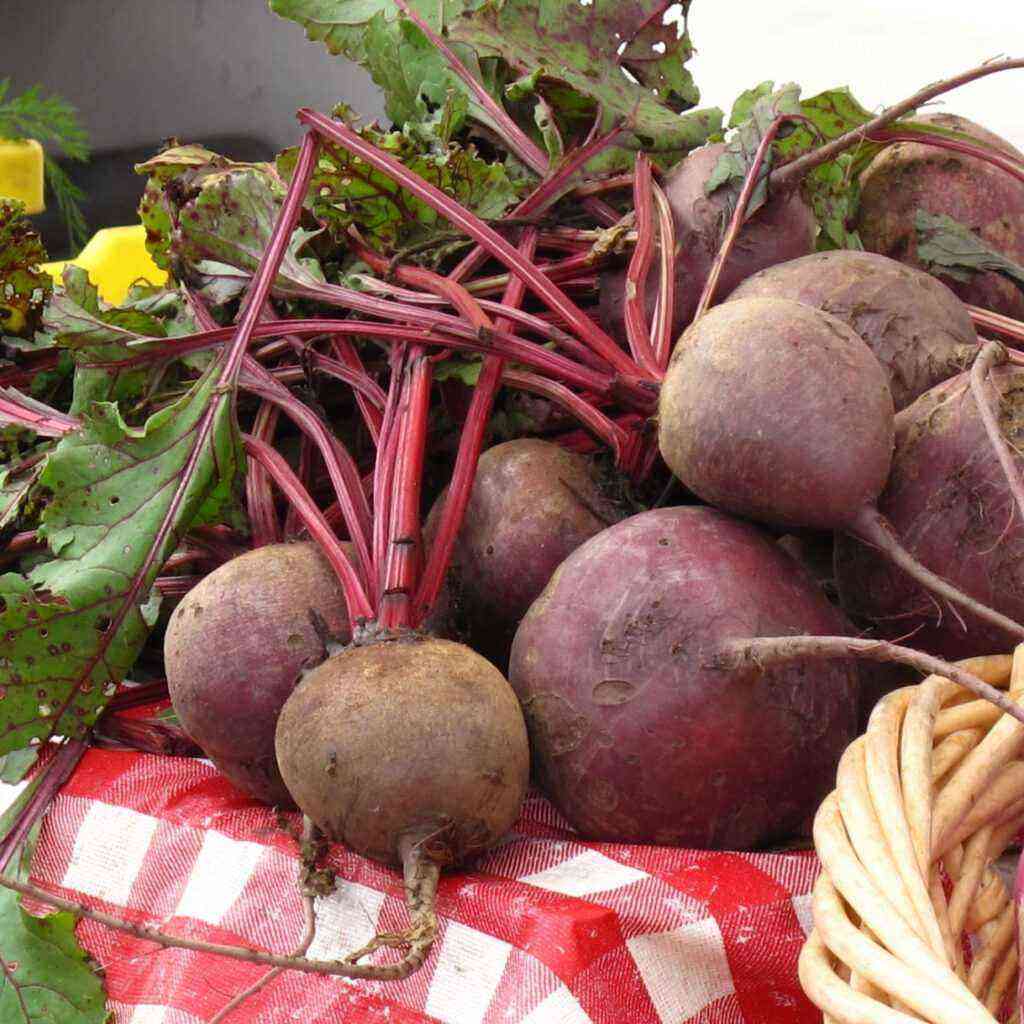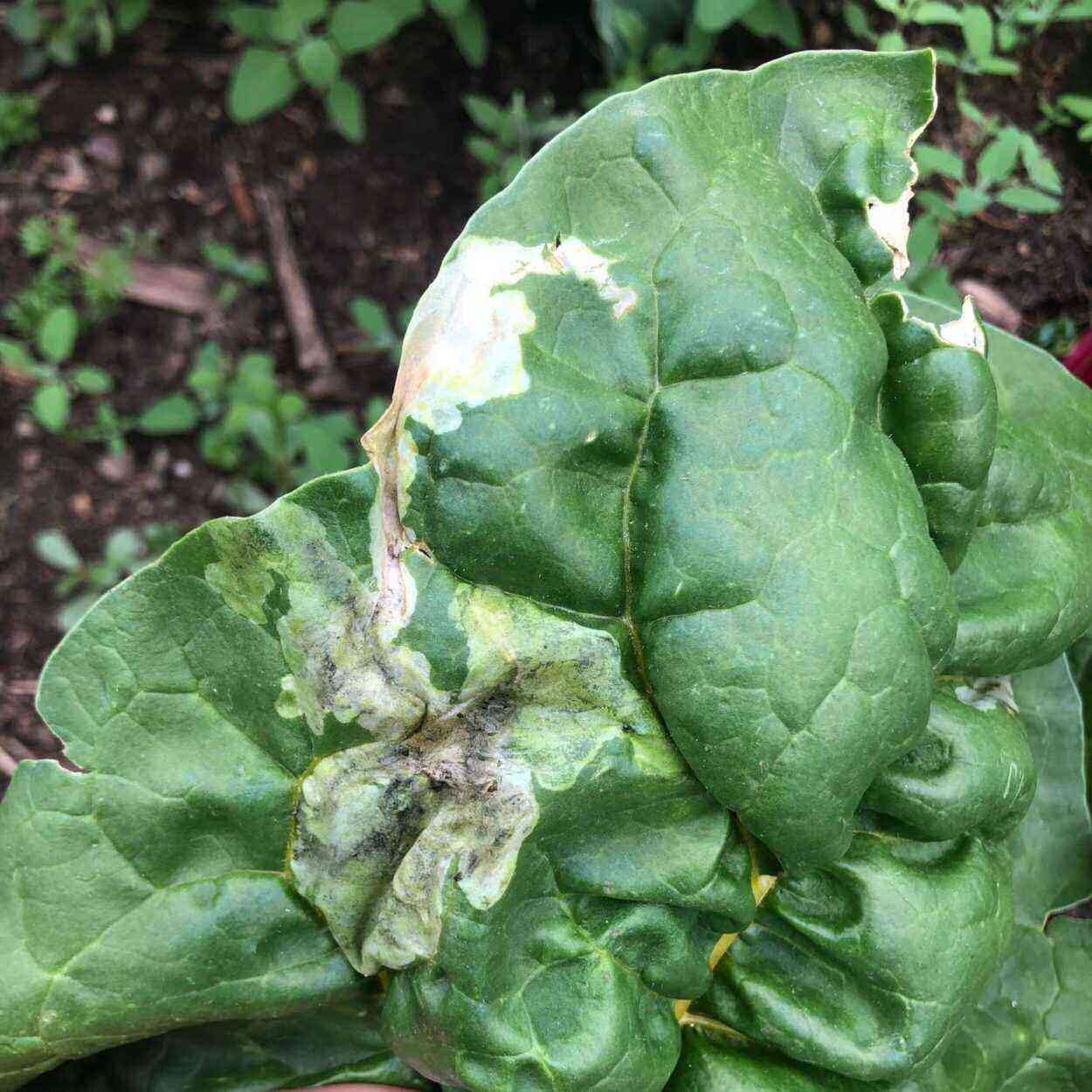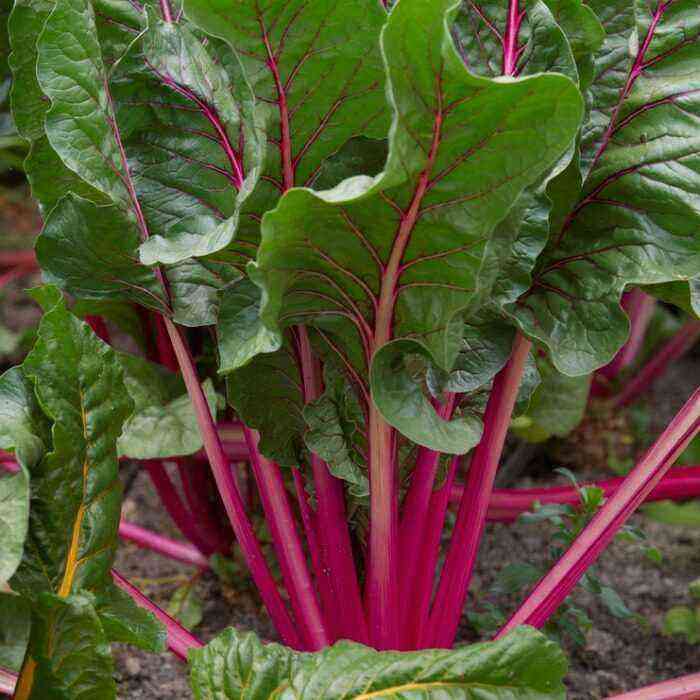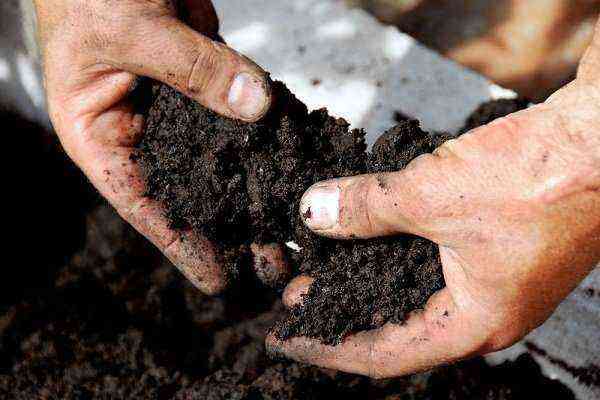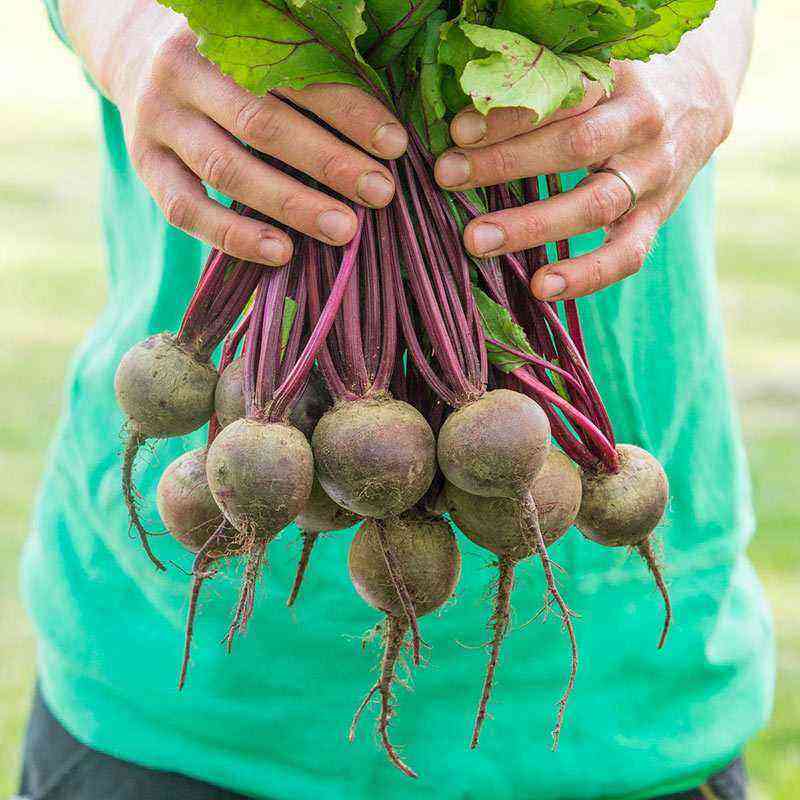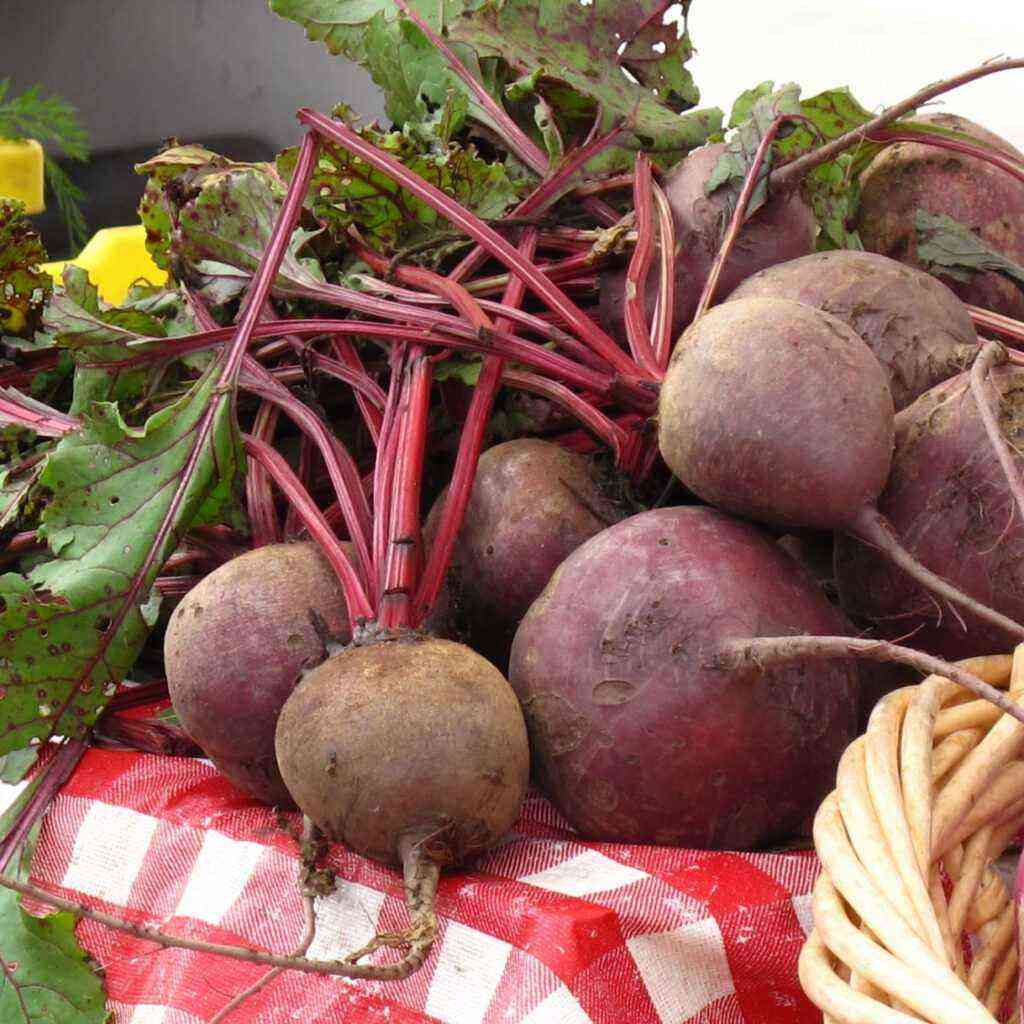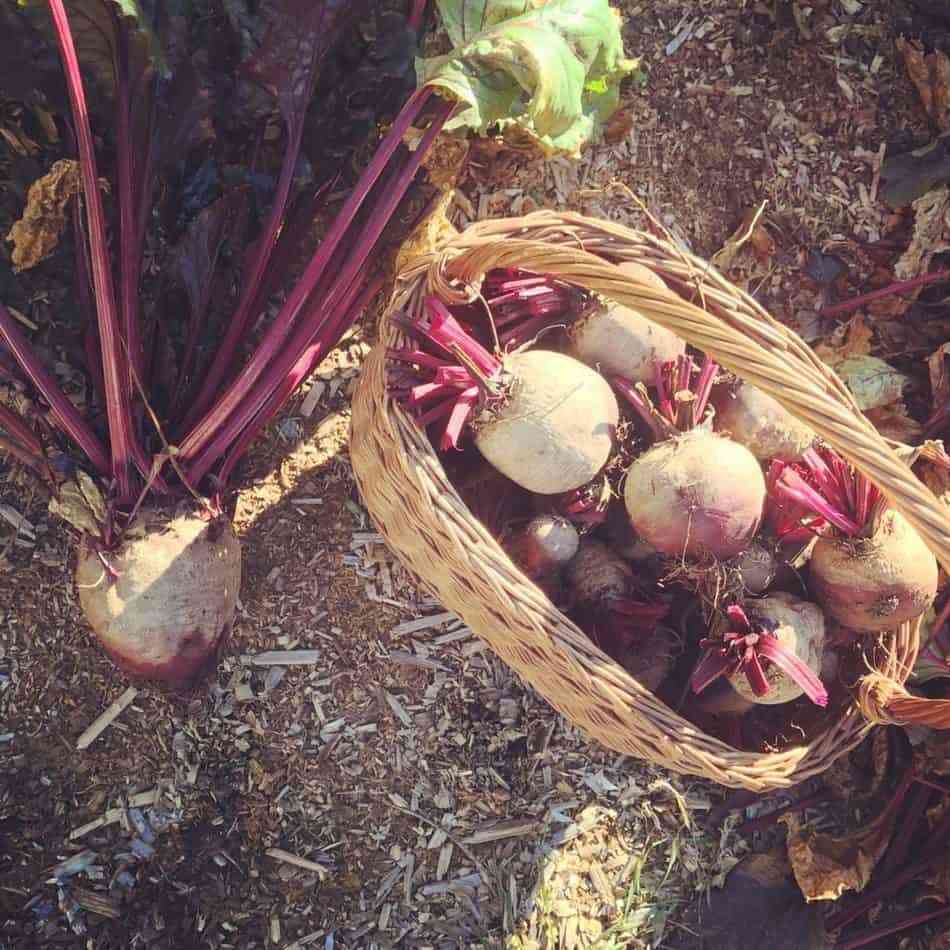Beetroot is a fairly unpretentious crop with respect to watering, but still it should receive enough moisture. The size of root crops, their taste, yield depends on this. You can water beets in a variety of ways. Common are water requirements, frequency and intensity of irrigation.
General rules for watering beets
For successful cultivation of beetroot, it must be watered correctly. General recommendations are as follows:
- use the right water – its temperature, chemical composition, hardness are important;
- during the hot period, water the beets after 6 pm, when the activity of the sun decreases;
- in cold cloudy periods, water the culture in the evening;
- mulching plantings – this reduces the evaporation of moisture and reduces the frequency of watering;
- use spray nozzles, and do not water the culture with a jet under pressure;
- water too dry land in several stages in order to correctly assess the result;
- observe irrigation norms – they are different for each period of crop cultivation;
- water the beets regularly, avoiding sudden changes in the level of soil moisture.
For watering to be of high quality, you need to properly form the beds. Water should moisten the roots of the crop, and not spread along the aisles.
Features of watering beets at different stages of its cultivation
Beets need to be watered regularly. The frequency of watering depends on the stage of cultivation of the crop:
- the earth must be well moistened before sowing;
- after planting beets in the ground, it should be watered often, but in small portions – the frequency and intensity of watering should be oriented to the condition of the soil: it should be moistened to the depth of the roots of the crop, 10 liters per 1 sq. m every 2 days;
- at the stage of active growth, beets need to be watered 2-3 times a week;
- at the beginning of June, water the beets weekly, you can reduce the frequency of watering to once every 1,5 weeks, but increase the water consumption;
- when the root crops are poured, it is necessary to water the beets once every 1-1,5 weeks, spending 15 liters per 1 sq. m;
- if hot weather is established, then the water consumption should be increased to 20 liters per 1 sq. m;
- in early August, the intensity of watering should be reduced;
- from mid-August, the beets no longer need to be watered, as preparations for harvesting begin, the root crops must dry out for long-term storage.
The frequency of watering depends on the type of soil and its condition. To check, it is effective to use a wooden stick, sticking it into the ground in several places. Watering is not required if only the top layer of soil is 2-3 cm dry.
It is also important to consider the following points:
- the appearance of drops of water when pressed on an earthen ball indicates excess moisture, therefore, it is not necessary to water the site for at least 2 weeks;
- if the earth sticks to your hands and it is easy to roll it into a ball, then watering is not needed in the next week;
- if the earth does not stick, in whom it can be collected, but when it falls, it does not break, then moisture is sufficient, but watering is needed in hot weather.
With an excess of moisture, the amount of oxygen in the soil decreases, and its acidity increases. The root system of the beet suffers, rotting begins. A high level of humidity is a favorable environment for the growth and reproduction of pathogenic flora.
Water requirements
The success of growing beets largely depends on the water used for irrigation. It must meet the following requirements:
- the temperature is similar to the temperature of the environment or soil, too cold water is detrimental to the crop, the optimal performance is 12-23 degrees;
- water, regardless of its source, must be settled, which ensures the settling of harmful impurities and heating the water to the desired temperature;
- the water should not be too hard, to soften, you can add wood ash 3 g per liter, peat 100 g per liter or oxalic acid 1 g per 5 liters.
For irrigation, water of various origins can be used:
- Rainwater is the best option for irrigation, provided that there are no harmful industries and other negative factors nearby. Drainage and clean containers are used to collect rainwater.
- Tap waterif its temperature meets the requirements. If the source is a natural reservoir without treatment facilities, it is recommended to check the chemical composition of such water. It may not be suitable for irrigation due to the content of pathogenic bacteria or fungi.
- spring water, saturated with nutrients, to effectively use if possible. It is very cold, so it must stand longer for natural heating.
- Salt water used to irrigate beets when they lack sodium. This can be judged by the reddened leaves. Watering is carried out from a watering can with small holes. To prepare the solution, add a tablespoon of table salt to a 10-liter bucket of water.
Be sure to wait for complete dissolution. Use regular salt without additives. It is effective to water the beets with salt water when the root crops ripen. Such top dressing has a positive effect on the taste characteristics of the crop, increases sugar content and juiciness.
It is allowed to use a saline solution no more than 3 times for the entire period. With the abuse of such a tool, the soil will be salted, which is harmful to any plants.
Ways of watering
You can water beets in a variety of ways. Each of them has its own characteristics, advantages and disadvantages.
Manual watering
This option is best for small areas. It involves the use of a watering can or hose.
It is important to monitor the uniformity of the distribution and pressure of water, finishing watering beyond the border of the beds, so as not to break the plants. When using a watering can, the diameter of the holes on the nozzle is important: for watering the sprouts, they must be small, and for adult plants such a condition is not necessary.
It is advisable to use a watering can for watering individual beds or at first, while the sprouts are not strong enough. For mature plants and large areas, hose is best. It is necessary to use a special nozzle so that the jet of water is sprayed.
The disadvantage of manual watering is the time and effort spent on it. The advantage is the possibility of combining watering and top dressing.
Drip irrigation
One of the most effective options for watering not only beets, but also other garden crops. You can purchase a ready-made system or organize it yourself from tubes or hoses. The essence of the method lies in the fact that the water in portions constantly falls on the ground.
The main disadvantage of drip irrigation is the cost of purchasing the system. There are more advantages of this method: no crust on the ground, saving time, effort and water. Drip irrigation is suitable for any type of soil.
Sprinkling
Drops of water on beet leaves are not fraught with disease, so you can safely resort to sprinkling for irrigation. This method involves the installation of a special system. A prerequisite for its operation is a high and regular water pressure.
Sprinkling does not form a crust on the ground. The soil is well saturated with moisture, and it is not necessary to loosen it.
Automatic watering
Watering in this case is provided by special sprinklers. The inclusion of water is provided by special timers, in modern systems there are sensors sensitive to the level of humidity.
An automatic irrigation system requires certain costs, therefore it is only advisable for large areas. For its operation, an electrical network with a stable voltage is needed.
How to determine that beets need moisture?
It is important to regularly inspect plantings and monitor the condition of the soil in order to timely identify various problems. You can determine the lack of moisture by whom the earth:
- if the collected lump crumbles when falling, you need to water the beets;
- if the earth cannot be collected in a lump, it is dry and crumbles, abundant watering is required.
The lack of moisture is reflected in the appearance of plants. They become more lethargic, fade. In beets, the tops become smaller, becoming burgundy.
The yellowing of the leaves of the culture also speaks of a moisture deficiency. They begin to wither and fall off. These are only the first signs of water shortage, in the future the condition of the culture worsens.
Common mistakes when watering beets
When watering beets, the following mistakes are more often made:
- wrong time of day for watering – morning watering in the heat is fraught with leaf burns, and evening watering in the cold period can damage the root system;
- a large number of weeds that take away the moisture and nutrients needed by the beets;
- watering with a jet under pressure – the soil is eroded, the roots are exposed, the risk of disease increases;
- the use of poor-quality or dirty water, while increasing the risk of disease, the plant may wither and wither;
- too cold water;
- ignoring loosening – water lingers on the surface and evaporates, the root system does not receive moisture;
- excess moisture – in this case, rotting begins, various diseases develop, excessive watering before harvesting reduces the duration of its storage and increases the percentage of spoilage;
- moisture deficiency, in which the plant cannot grow and develop properly.
You can learn how to water and how to feed beets in the following video:
Properly organized beet watering and related care provide a decent harvest of tasty root crops that can be stored for a long time. The method of watering must be chosen in accordance with the characteristics of your site. It is important to remember the basic requirements for water and avoid common mistakes.
